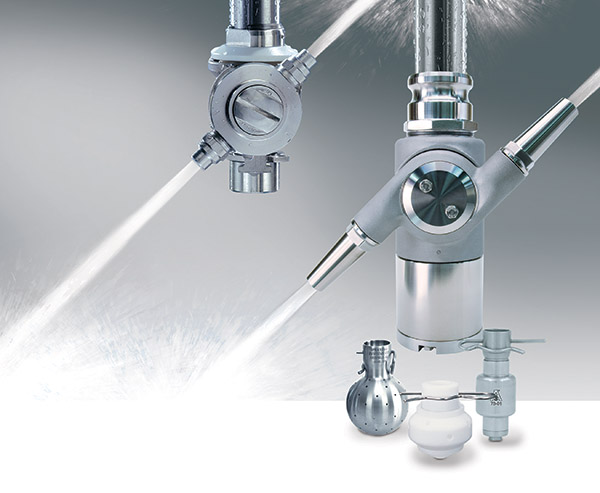In the realm of intermediate bulk container, tanker (IBT) and tote cleaning, the need for efficiency and sustainability has become more crucial than ever. With automated cleaning systems, businesses now have a solution to optimise their cleaning processes and enhance productivity.
Automated tank cleaning has emerged as a game-changing solution for achieving optimal cleanliness. These advanced systems utilise cutting-edge technology and specialised equipment to efficiently clean tanks. By streamlining the tank cleaning process, businesses ensure consistent, reliable, and repeatable results, minimising safety hazards, equipment malfunctions, and productivity losses.
Reduced water, chemical and energy use
Compared to manual methods, automated tank cleaners slash the need for high water consumption, chemical usage, and energy consumption. Precise application of cleaning liquid reduces waste, resulting in lower water costs and decreased disposal expenses. Controlled chemical dosing enhances vessel cleaning effectiveness while minimising environmental impact. Reduced water and chemical usage also lead to significant energy savings, contributing to greener operations and aligning with sustainability goals.
Sustainability
Less resource consumption has a knock-on effect that minimises waste as well. With less water and energy used, companies not only use fewer resources but can also reduce their harmful emissions. Adopting an automated tank cleaning system demonstrates a commitment to sustainability, fostering positive relationships with the community and promoting an environmentally conscious image.
Savings
Maintenance costs decrease due to minimised breakdowns and repairs. Labor costs associated with manual vessel cleaning processes are reduced, as automated systems optimise workforce allocation. The elimination of physical cleaning risks enhances workplace safety, preventing accidents and related costs.
Factors to consider
Investing in an automated cleaning system requires careful evaluation and consideration of several crucial factors. Understanding these key aspects is essential to choosing the most suitable solution for specific cleaning needs.
Monitor Engineering recommends taking the following factors into account when purchasing spray nozzles:
- Tank size and geometry: Different tank shapes and sizes may require specific cleaning equipment to ensure optimal coverage and effectiveness. Understanding these specifications will help to select a cleaning system that can navigate the tank’s contours efficiently.
- Internal obstructions: Some tanks may contain internal obstructions like agitator shafts, blades, coils, or other structural elements that can obstruct the spray and impact of cleaning solutions. Identifying and accounting for these obstacles is critical to designing a cleaning system that can effectively address all areas within the tank.
- Residue types: Determine the type of residues and contaminants in the tanks. Different residues may require specific cleaning agents and technologies for effective removal. Understanding the nature of the residues will aid in selecting the appropriate nozzles, flow rates, and cleaning solutions for optimal cleaning results.
Key concepts
There are many useful terms that can help to further understand the process. A few key concepts are:
- Impact: Impact refers to the amount of force the cleaning liquid applies to the tank’s surface. It plays a vital role in determining the effectiveness of the cleaning process. Manufacturers may provide impact data based on theoretical calculations or test data. Choosing a cleaning system with high-impact efficiency ensures thorough cleaning.
- Spray distance: The distance between the cleaning nozzles and the tank walls affects the cleaning coverage and intensity.








